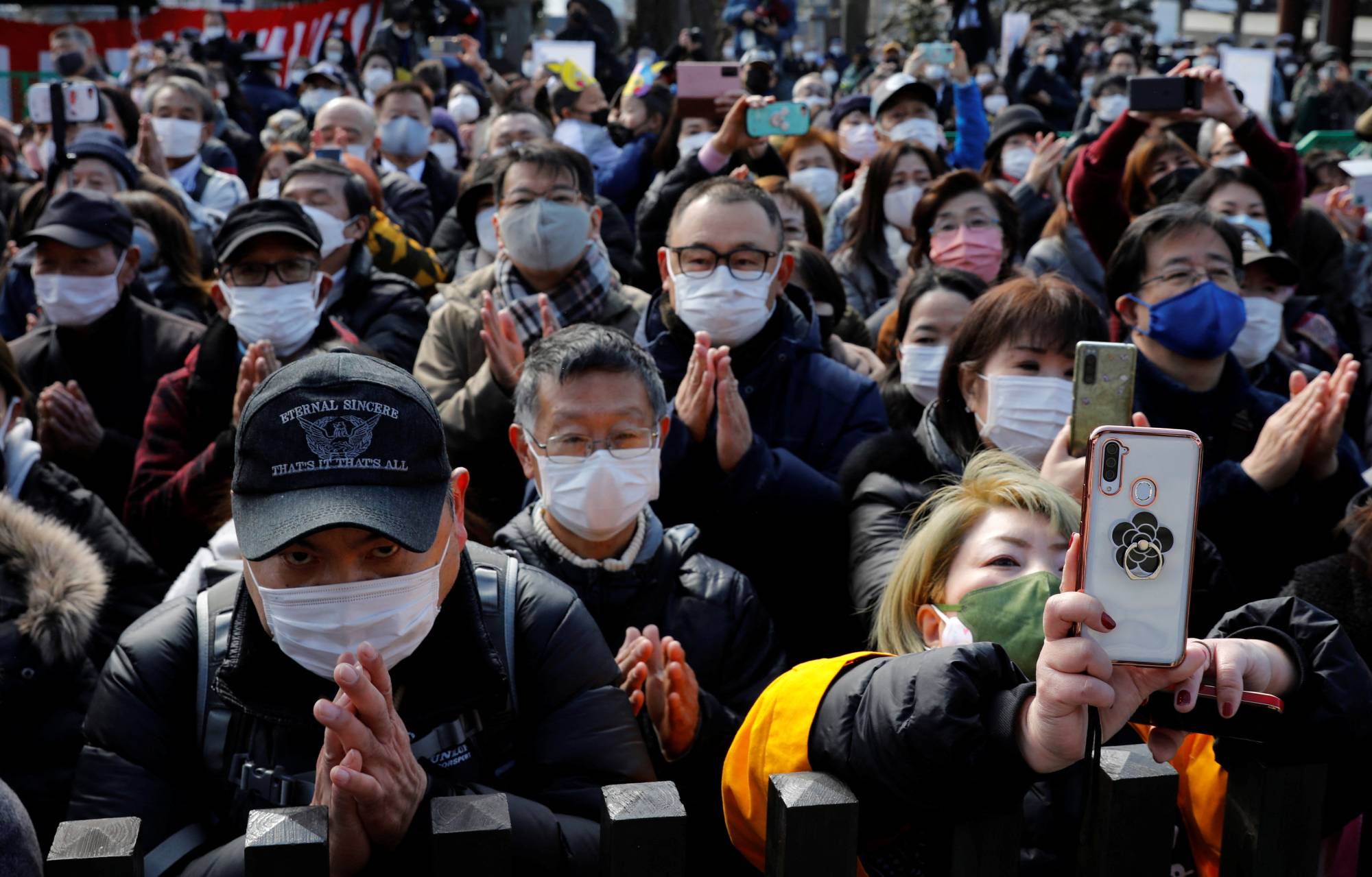With the daily tally of COVID-19 cases in Japan topping 100,000 on Thursday, setting a new record, the question of whether the government should declare a new state of emergency is high on the agenda.
At present, 34 out of 47 prefectures are under a quasi-emergency that allows governors to impose or request shorter business hours for restaurants and bars, with Wakayama Prefecture to be added Saturday.
But calls are growing for the government to impose a stricter state of emergency. Unlike lockdowns in other countries, Japan’s state of emergency does not come with stay-at-home orders or curfews. Instead, it allows local governments to order or request business closures, in addition to the ability to shorten operating hours.



















With your current subscription plan you can comment on stories. However, before writing your first comment, please create a display name in the Profile section of your subscriber account page.